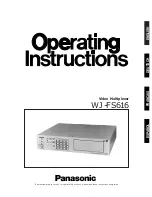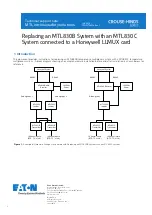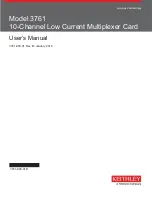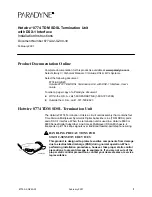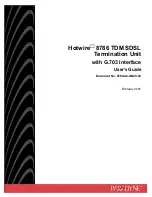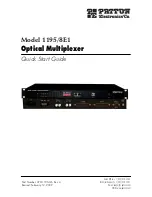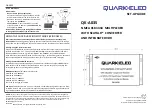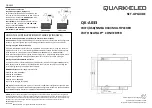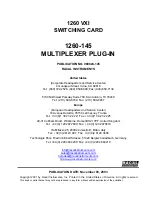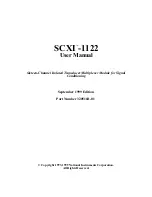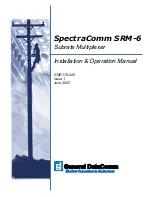
Model 4225-RPM and Model 4225-RPM-LR Remote Pulse Module Instructions
8
PA-1086 Rev. A October 2020
Differences between the 4225-RPM and 4225-RPM-LR
The main difference between the 4225-RPM and the 4225-RPM-LR is output resistance. The 4225-RPM has
between 20 Ω and 50 Ω of output resistance. The 4225-RPM-LR has 2 Ω to 3 Ω of output resistance. This low
output resistance is important for customers who need more accurate low voltage output at currents up to 10
mA without using the Load Line Effect Compensation (LLEC) feature to improve this low voltage accuracy at
higher currents.
Another difference between the models is that the 4225-RPM-LR can only drive capacitive loads up to 75 pF.
This amount includes both the interconnect and the DUT capacitances.
In addition, the 4225-RPM-LR does not include a hardware current limit. The RPM hardware current limit is a
feature available only in UTMs. Some users, especially those testing nonvolatile memory, use a hardware
current limit to limit the maximum current that the RPM outputs. If you need this feature, you should use the
4225-RPM. Attempts to use this feature on the 4225 RPM-LR generate an error.
For additional information, including information for users trying to drive high capacitive loads (>75 pF), see
(on page 8).
Load-line effect
The load-line effect causes voltage across the DUT to be lower than the programmed source voltage. The
output resistance of a pulsing instrument causes this effect. This resistance causes a reduction in output
voltage at the test device when current flows. By design, pulse instruments such as the 4225-PMU typically
have 50
Ω of resistance when placed in series with the output. The resistance causes a voltage drop
proportional to the current flow and is called the load-line effect.
The following figure shows the result of the load-line effect when measuring standard transistor V
DS
-I
DS
curves
with the 4225-PMU on its 200 mA range. Even though the user specified a source voltage of 6 V with a current
of about 25 mA (the blue curve at around 25E-3, I
DS
), about 4.8 V is applied to the DUT, while about 1.2 V
(marked A) is dropped inside the 4225-PMU and is not applied to the DUT. The difference between the actual
voltage sourced at the load line and the sourced voltage is caused by the load-line effect. The amount shown at
A is more than 1 V of loss. Increasing the amperage of the curve increases this effect. The amount shown at B
is more than 2 V of loss.
The load line is defined by V
SRC
and the resistance of the pulse instrument. The output resistance of the
4225-PMU entirely determines its slope. The 4225-PMU programmed source voltage determines its horizontal
position. Larger voltages shift the line to the right. Smaller voltages shift it to the left. For a given programmed
source voltage, the actual DUT voltage cannot go beyond this line.
The slope is defined by the equation:
slope
= −1/R
SRC













